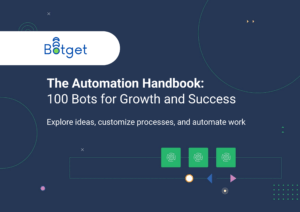In the rapidly evolving business environment and market demand landscape, business leaders are constantly exploring new ways to improve operational efficiency. Being streamlining processes a simple way to achieve a competitive advantage. One key step in this journey is understanding the objectives of a Proof of Concept in RPA (PoC). This article aims to shed light on what a PoC is trying to achieve, particularly in the context of RPA.

What is a Proof of Concept (PoC)?
A Proof of Concept (PoC) is a small example in order to test an idea or assumption. The objective is to verify that a certain concept has the potential to be used in a real-life scenario. In RPA, a PoC, based on its initials, is often the first step to show the feasibility of possible automation of a specific task or process.
Why is a Proof of Concept in RPA so important?
It lays the foundation of any successful RPA project. It helps to:
- Check technical viability: It helps to understand whether the proposed solution is feasible and can be integrated with the current systems.
- Check business applicability: It allows testing how relevant and effective the RPA initiative might be in that specific situation.
- Calculate the potential ROI: It provides an opportunity to assess how financially attractive the RPA initiative will be. The potential Return On Investment (ROI) is a major indicator of moving to a full-scale implementation.
As business leaders continue to explore the potential of RPA, understanding the objectives of a Proof of Concept in RPA and being able to do it properly is critical. No successful RPA initiative can be done without technical viability, providing benefits to the business, and having a strong business case in terms of numbers. By leveraging a well-executed PoC, business leaders can make informed decisions and pave the way for a successful RPA automation.
More content to grow your business by automating
Download Automation Manual
Discover 100 ways successful companies have stopped wasting hundreds of hours each year maximizing profit.









